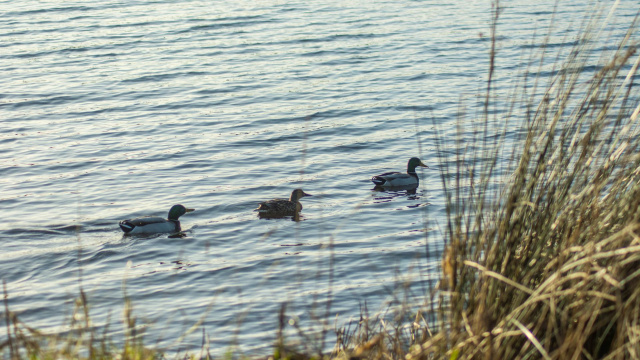What To Do

FROUXEIRA LAGOON AND SURROUNDINGS
Valdoviño is one of the most interesting places in Galicia for birdwatching. The best time is during the winter and migrations. It is common to see flocks of waders in the lagoon during the prenuptial passage, which coincides with the months of April and May. At this time, if the wind blows from the northeast, the birds are forced to stop their northward journey and look for a place to feed. The sandy area of the A Frouxeira lagoon is ideal for this, and groups of thousands of individuals gather here. Well into the winter, grey plovers and sandpipers and sandpipers concentrate on the beach. It is also an important site for ducks, such as common and tufted ducks, widgeons, shovelers and teals. The Gadwall has one of the most stable nesting populations in Galicia. Grey herons and little egrets are also common in the lagoon, and with a little more luck, bitterns and great egrets can be seen during the winter. Among the birds of prey that can be seen in Valdoviño are the goshawk and peregrine falcon, which hunt in the lagoon throughout the year. The marsh harrier is another common sight in the winter months. The extensive dune system is home to such interesting birds as the snow bunting and the golden plover, and the winter concentrations of fringſlids, pipits and larks are very noticeable here. Gadwall Anas strepera The cape of Punta Frouxeira offers good opportunities to observe Cory's shearwater, Balearic shearwater, common scoter, great skua and even alcids such as razorbills and guillemots. One of the most important birds in Valdoviño is the marsh bunting. In winter we are visited by northern specimens (Emberiza s. shoeniclus), but it is the Ibero-western race (Emberiza shoeniclus lusitanica), endemic to the region and in danger of extinction, which is the most important. A few pairs breed in the reed beds of the lagoon.










































































































































